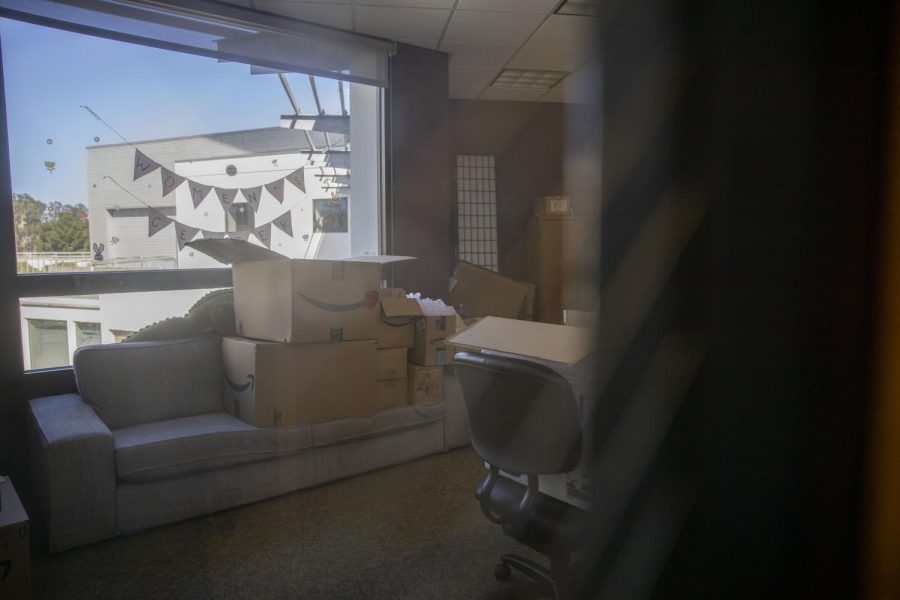Mashouf Wellness Center experienced 10 petty thefts, which accounted for at least 60 percent of the total petty theft incidents on campus in the past 60 days.
According to the University Police Department crime log, petty theft is currently the most frequent crime committed on campus followed by vandalism, auto burglary, grand theft and burglary.
Under the Penal Code 484(a) & 488 PC, California petty theft is defined as the “unlawful taking of an individual’s property that is valued at $950 or less.” All petty theft incidents in the past 60 days are currently pending until more leads arise and no losses have been recovered.
“Seven out of the ten cases [of petty theft in the Wellness Center] were because students failed to place their property in a properly secured locker,” Deputy Chief of Police Reginald D. Parson said. “The remaining three incidents were because students left their property unattended.
Facilities coordinator Camree May estimated that more than half of the storage spaces in the Wellness Center, excluding the lockers in the locker rooms, don’t have locks. This number includes cubbies. The Mashouf Wellness Center, in partnership with UPD, has taken a step to reduce petty thefts by raising awareness.
“We work really closely with UPD and they created some really nice signs that we have posted on all of our bulletin boards and in our locker rooms,” May said.
The “Lock It or Lose It” signs included a list of all the general valuable items that students carry around like cell phones and wallets — items that were usually stolen from students in the Wellness Center. However, students think that a more effective preventative measure would be to provide locks for lockers that don’t already have them.
“When I used to go to 24 Hour Fitness, they used to provide lockers for people so it’s the ones where you just put in the pin number and you just lock it so you don’t have to bring your own lock, they provide your locks for you. I think that’s something that the Wellness Center could do,” said London Ching, a junior finance major.
Pooja Shresta, a junior environmental science student, also thinks that the Wellness Center should provide padlocks that students can borrow. Shresta also suggested that having surveillance cameras would help with evidence collection.
“I think there should be surveillance cameras because you can go back and see what happened,” Shresta said. “Without cameras, we wouldn’t have evidence of anything. If you’re walking around, it’s better to be safe than sorry.”
As for University President Leslie E. Wong, he said some people on campus may not tolerate an increased presence of surveillance cameras due to privacy issues.
The Wellness Center has surveillance cameras all over the building and some of them watch lockers, according to May, who thinks that surveillance cameras would help but would still be inadequate because there’s no way to tell whether an individual is opening a locker to grab their own things or to steal someone else’s. Parson shared the same opinion.
“Surveillance cameras on campus would be a great crime deterrent and a good investigative tool for our department,” Parson said. “However, they’re just one aspect of a comprehensive layered safety awareness campaign or program that is needed for our campus community.”[infogram id=”crime-infographics-1hmr6gy130e86nl”]





